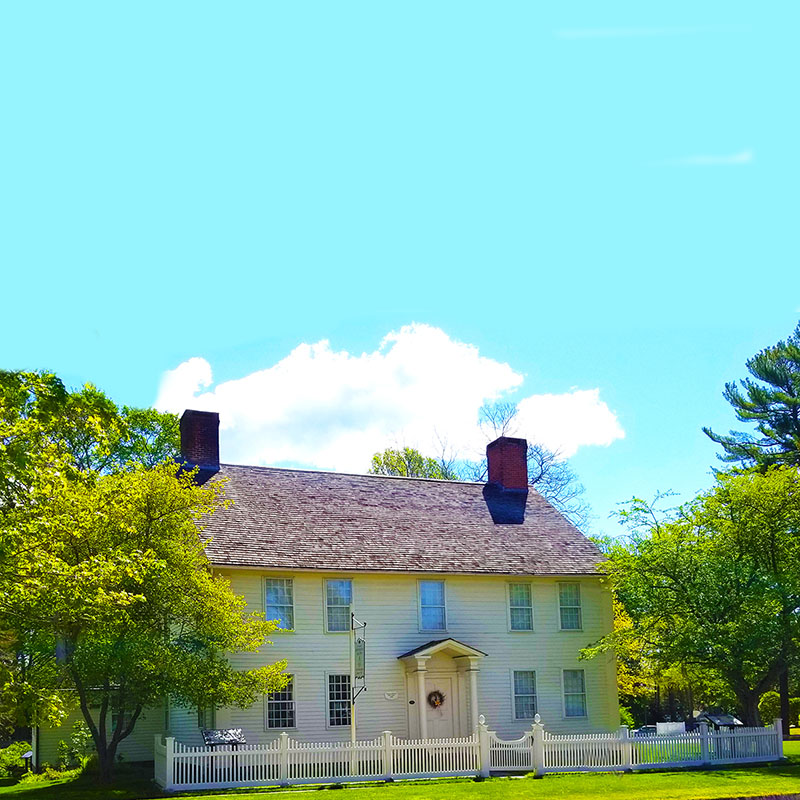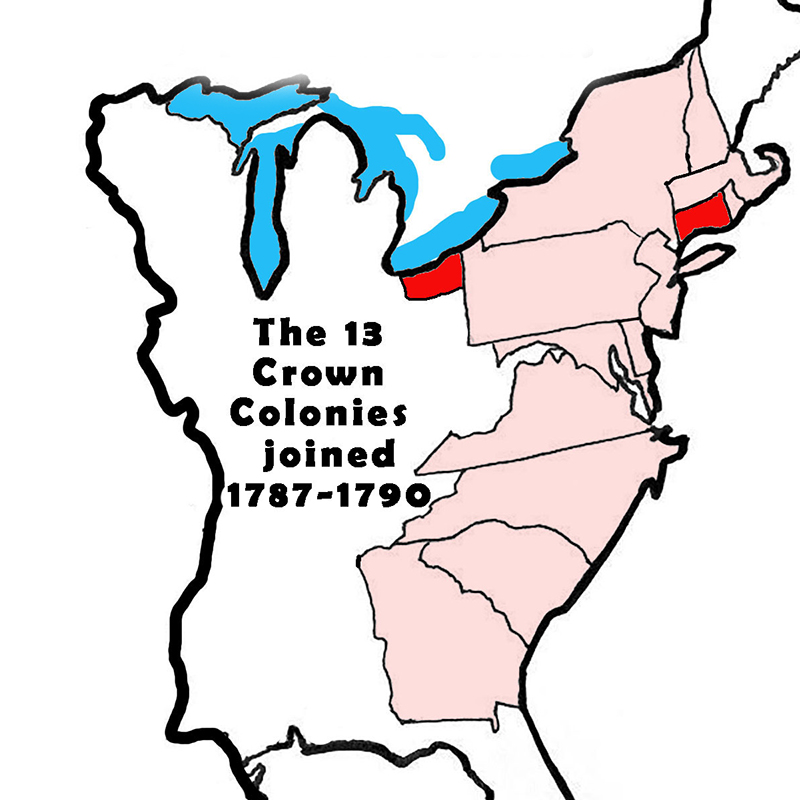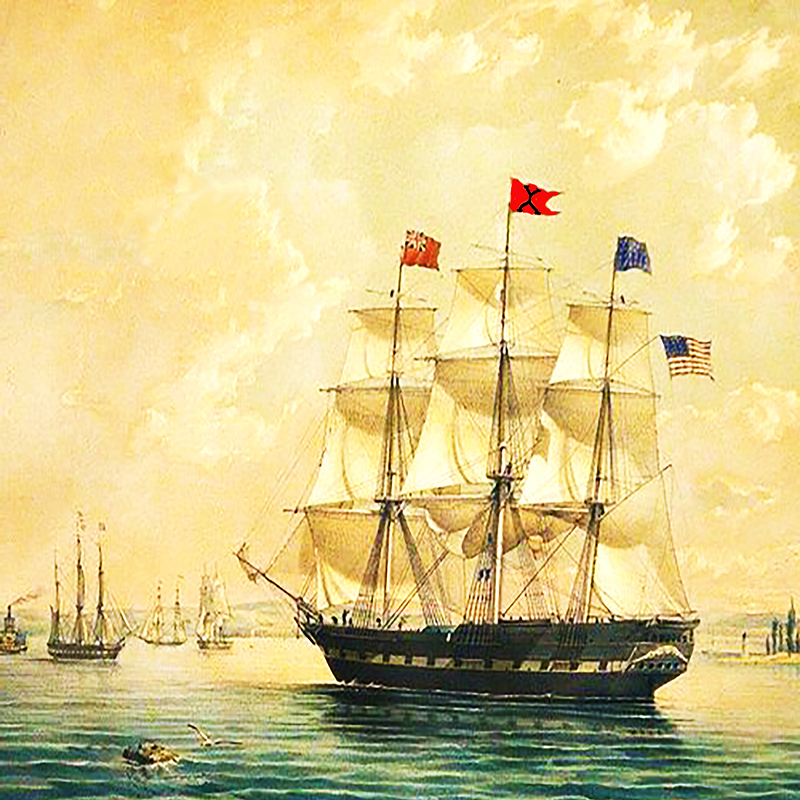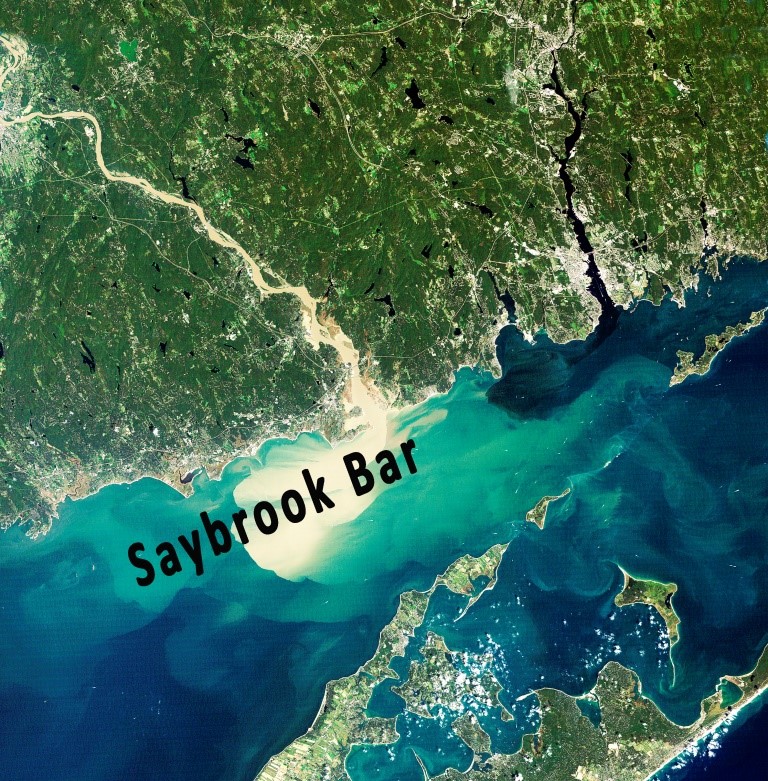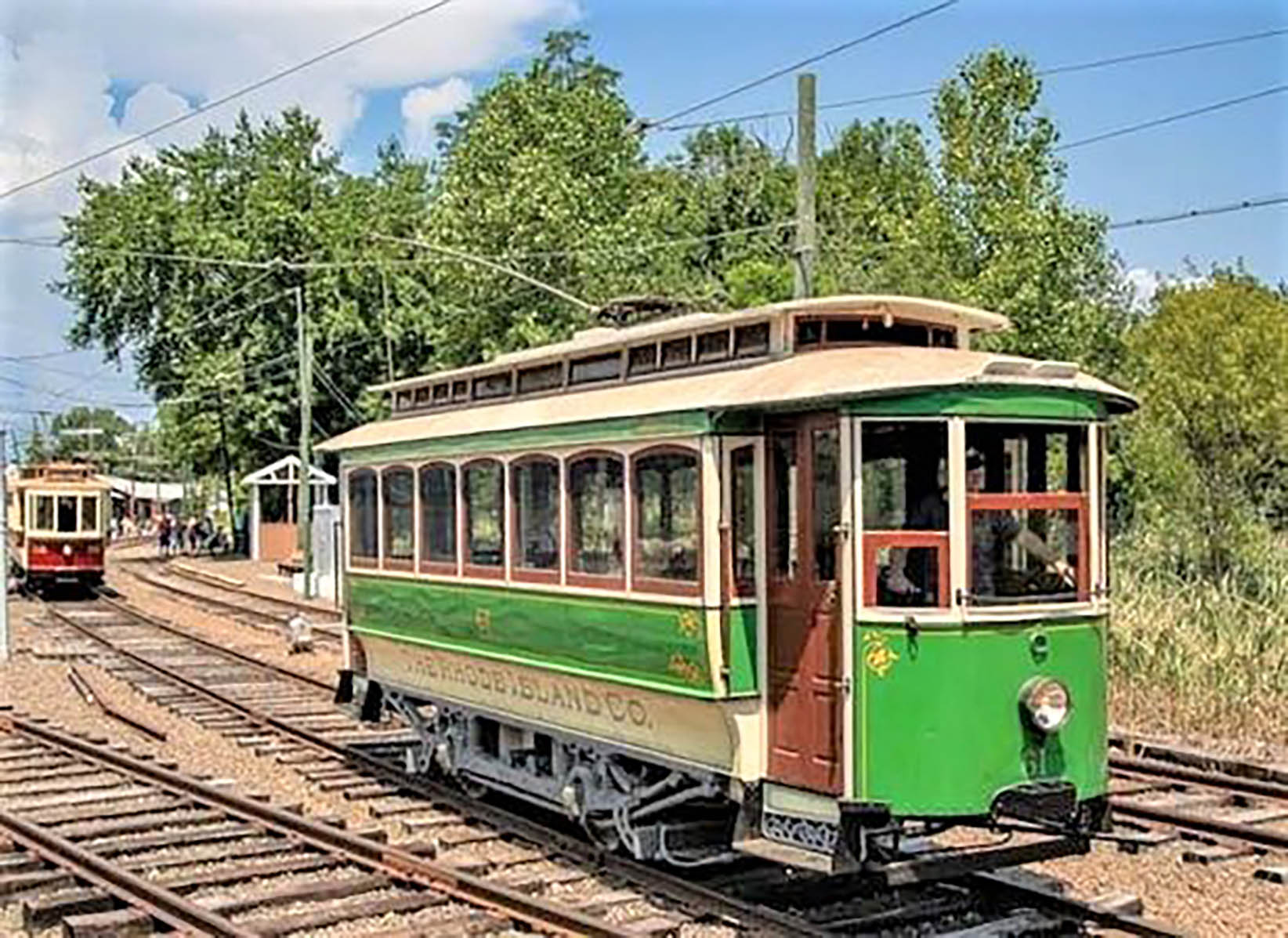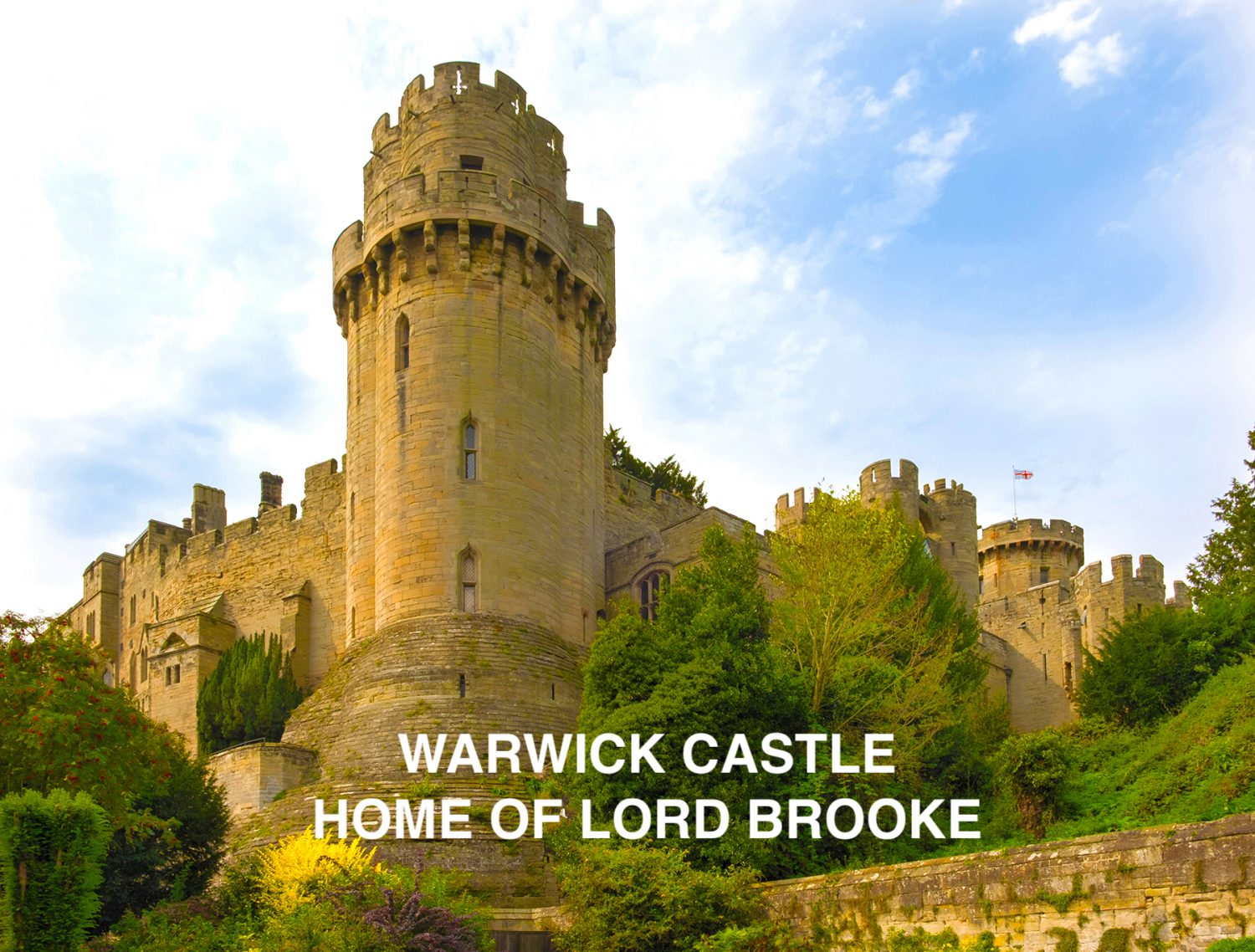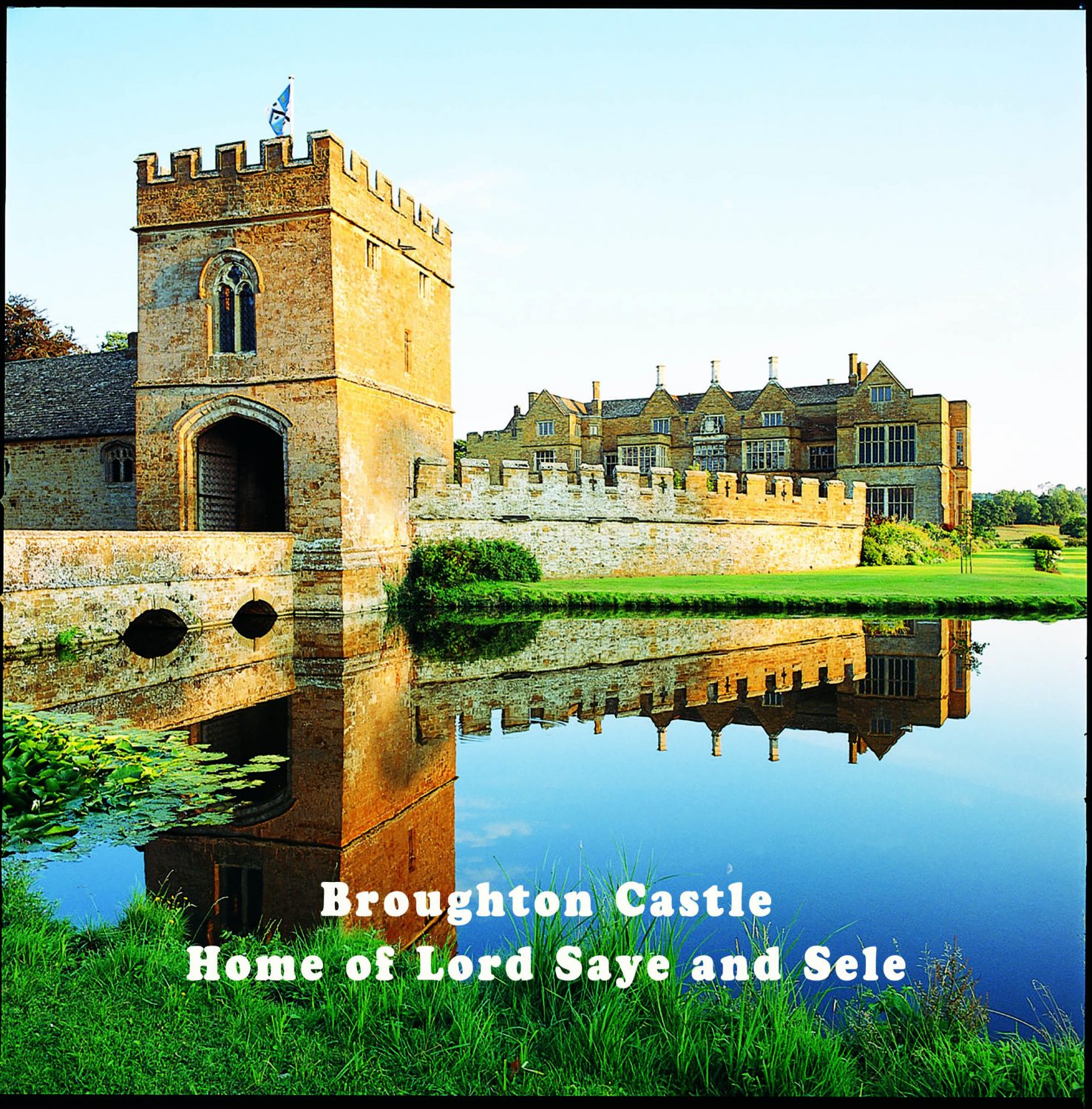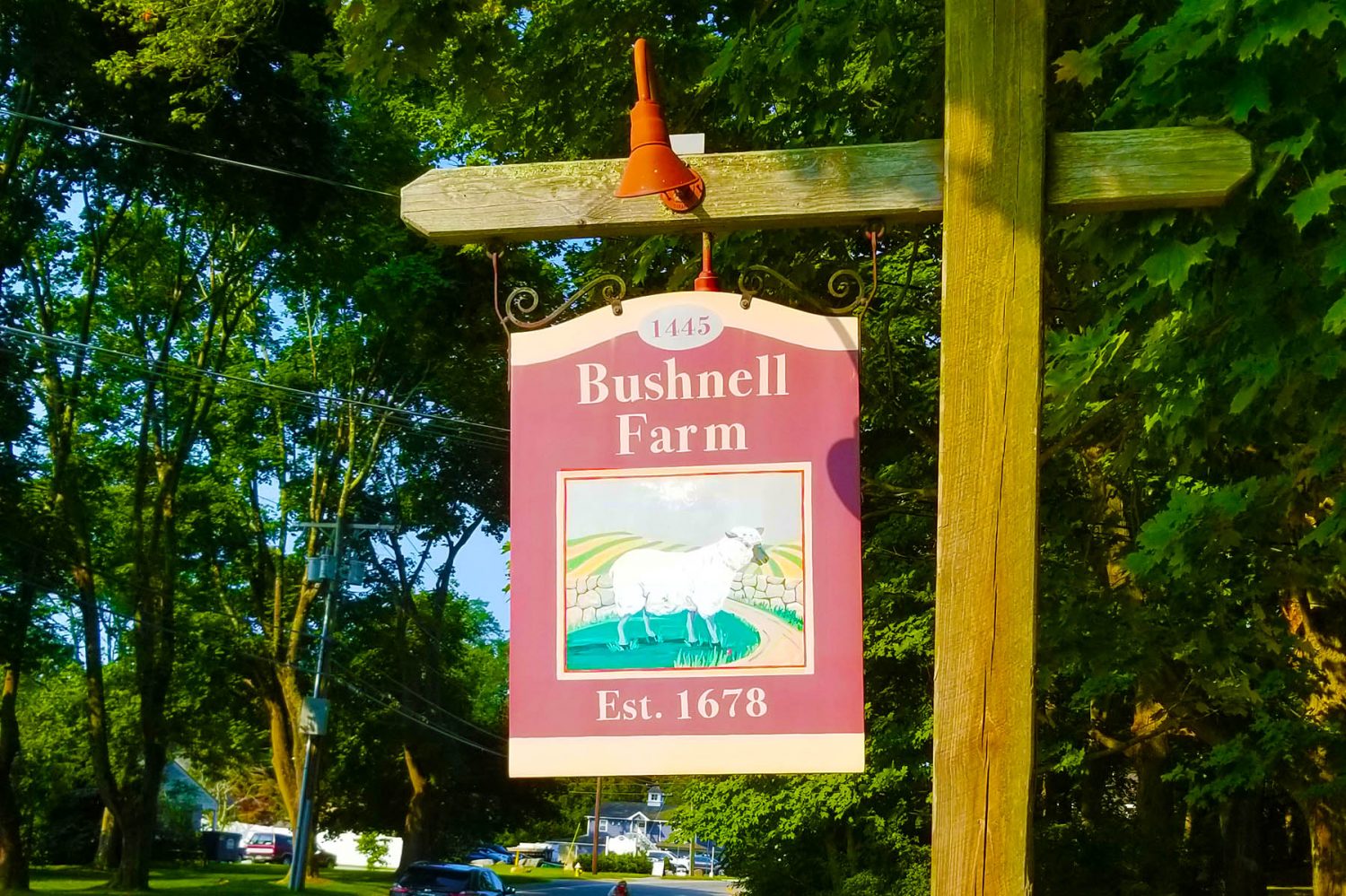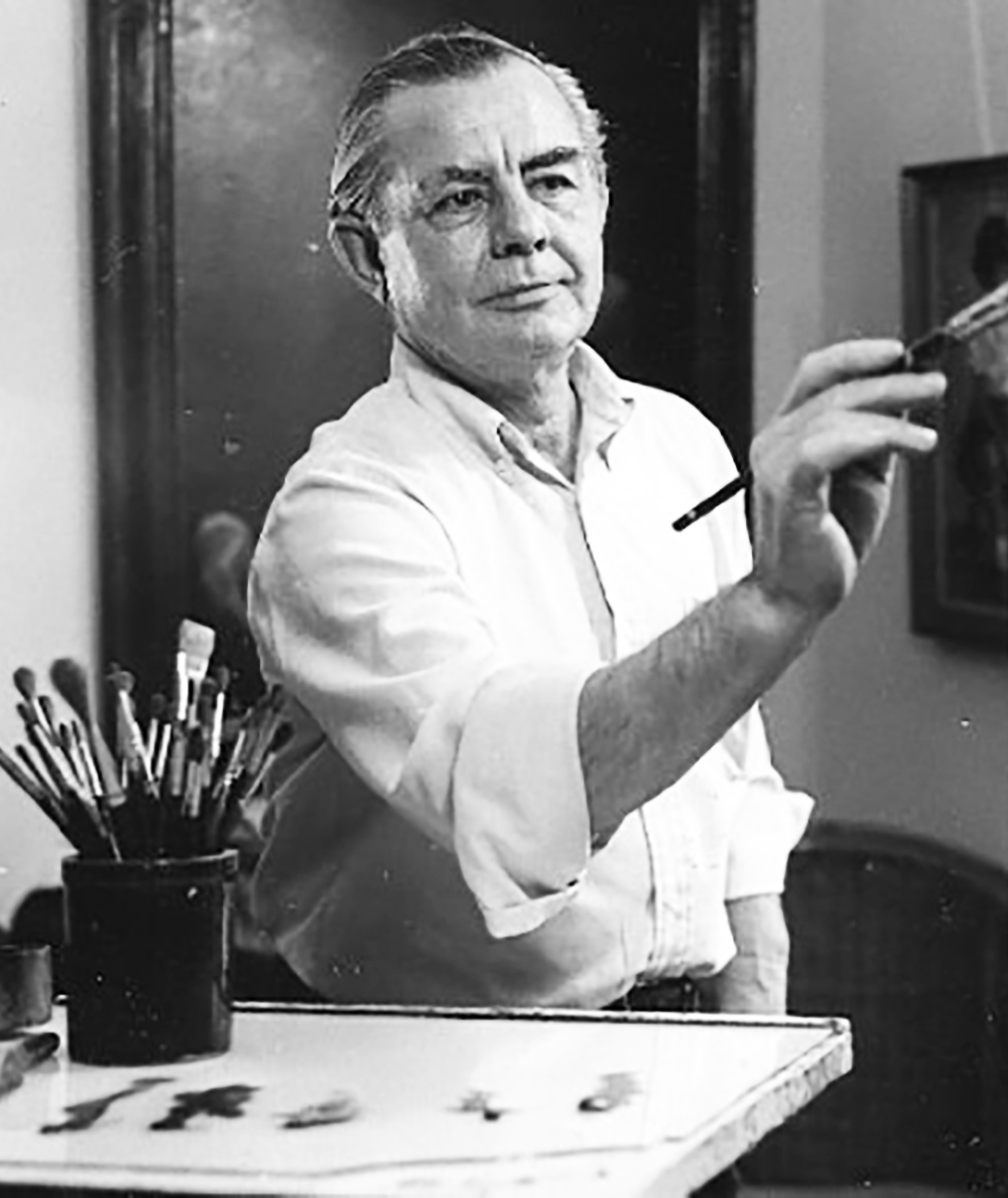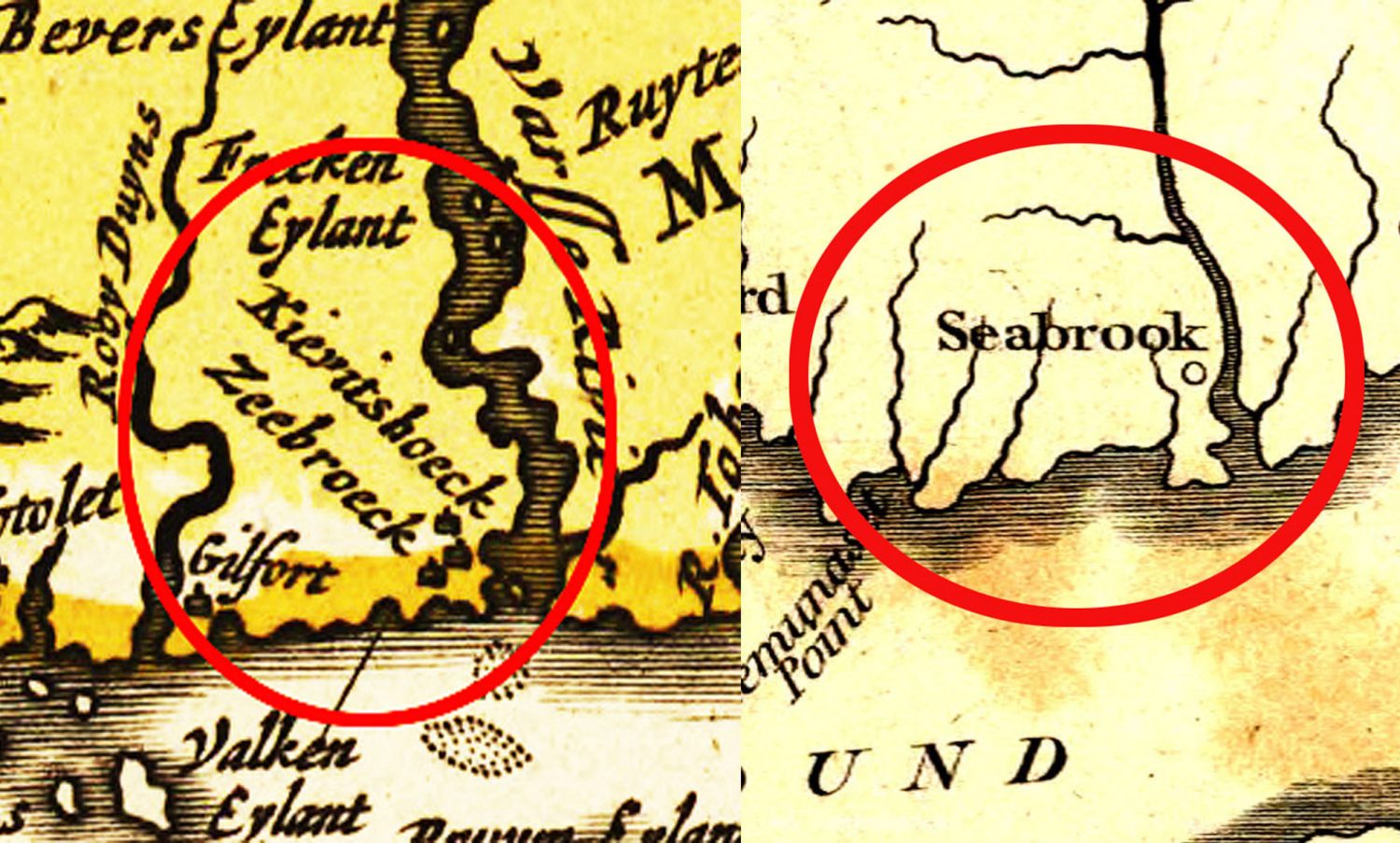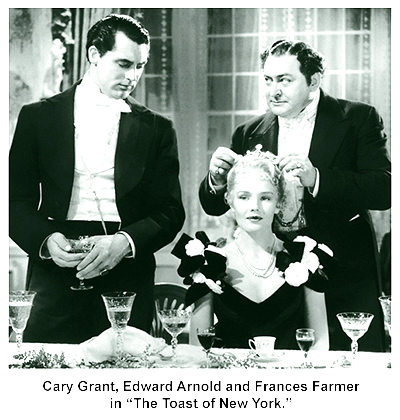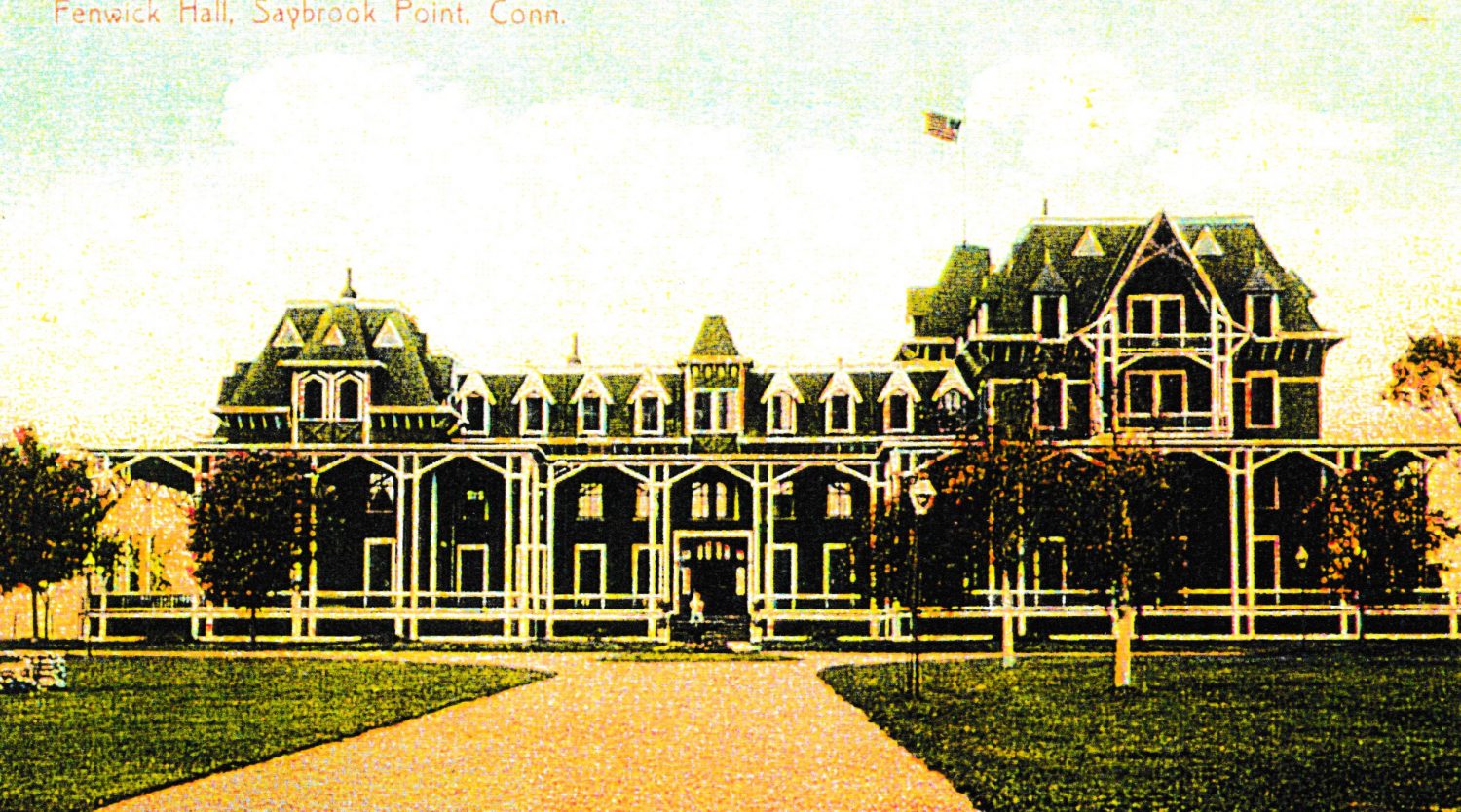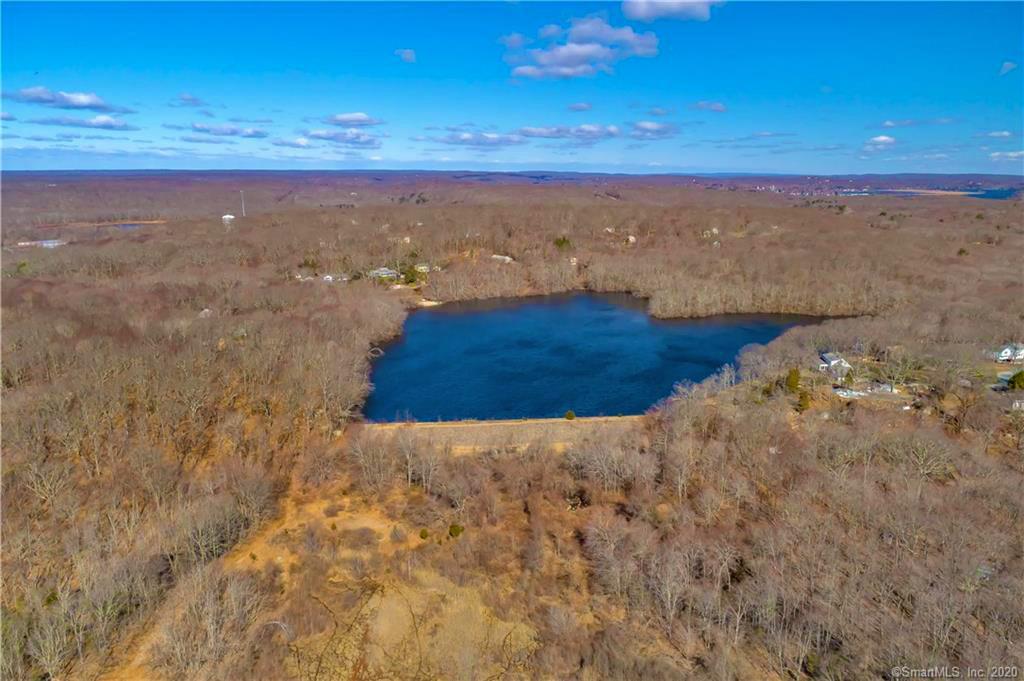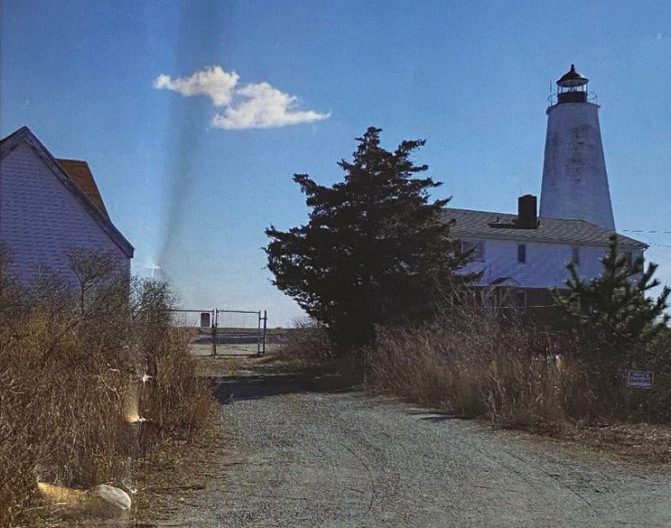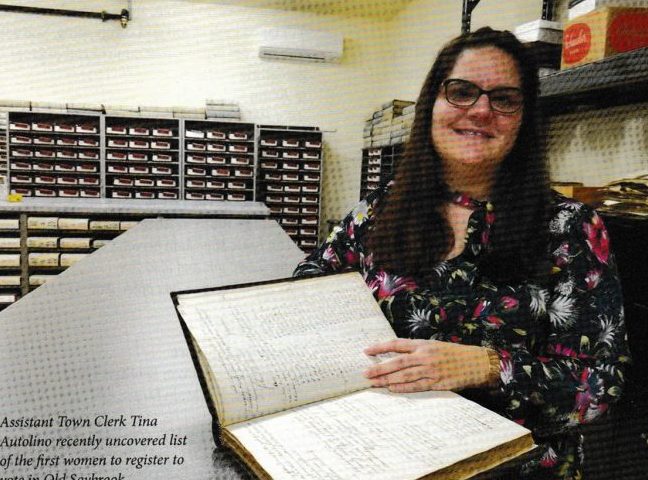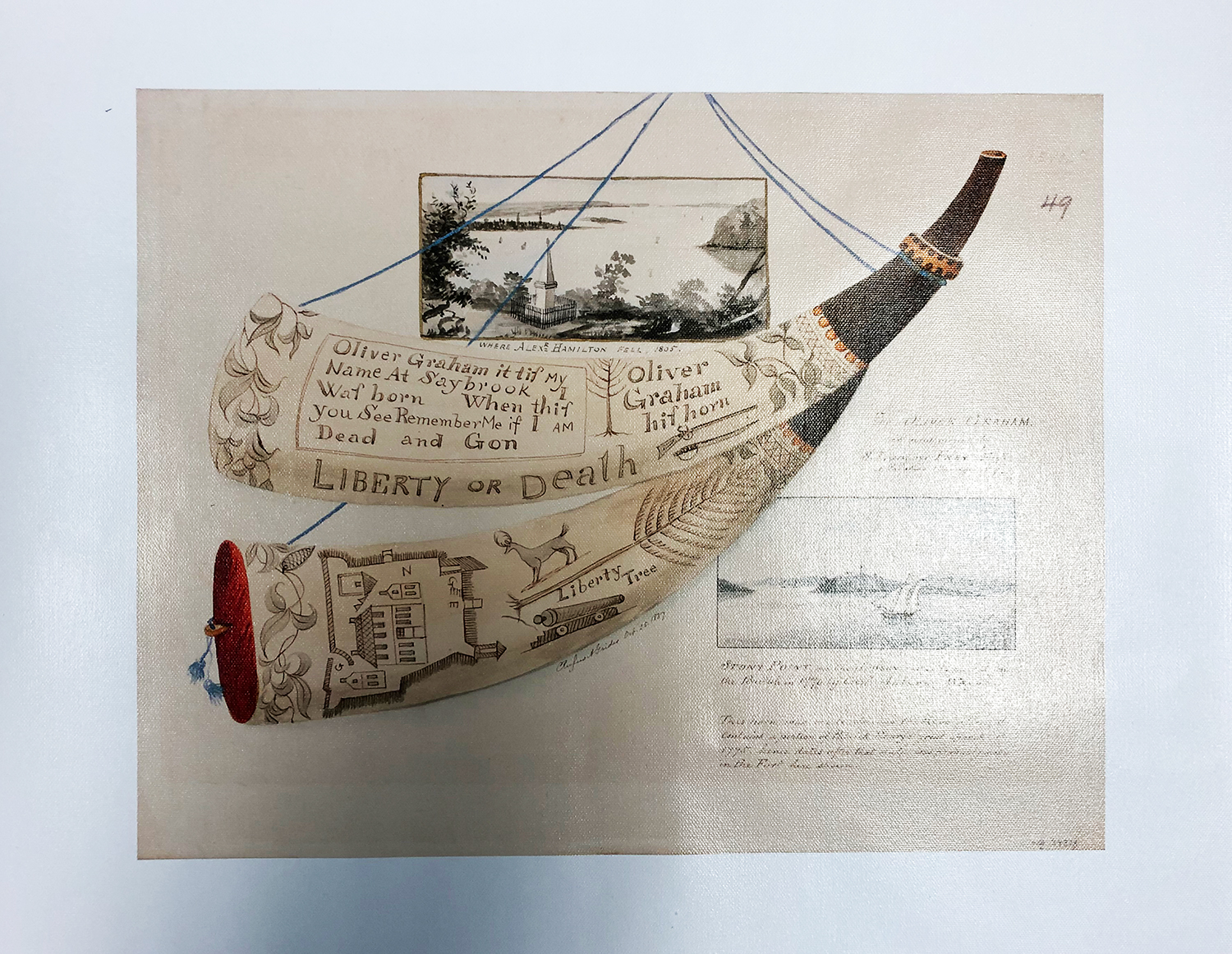History Articles
Hart Part 1
Old Saybrook and New Connecticut
Captain Morgan
The End of an Era
Wampum, Saybrook’s First Currency
Why Did Fenwick Return?
The Sandbar Saved Saybrook
Saybrook Trolley
Winthrop the Younger Part II
Unlikely Founder Part I
The English Investment Club Part II
The English Investment Club Part I
Why did an English “investment club” establish the Saybrook Colony? Who were Lord Saye and Sele and Lord Brooke and why were they handing out land grants at the end of a river in a land on which they would never set foot?
Bushnell Farm
The Bushnell Farm in Old Saybrook is a notable time capsule; a private, historic preserve generously shared by the owners. Who were the Bushnells and how did the farm come to be saved by a couple from Essex? Read more about the history of this 1678 family farm and the two people who saved it.
St. Mary’s By The Sea
A charming summer chapel in Fenwick is emblematic of the many Fenwick structures built in the late 1800s. It was a peaceful, neutral refuge during a turn-of-the-century period of social rivalries and a family feud. Used only two months out of the year for Sunday services, it endures today in its original character.
Robert Childress, American Illustrator, and the end of an era
Bob Childress was an Old Saybrook neighbor. He is best remembered for his illustrations of the venerable Dick and Jane series of elementary school readers. But his career as an American Illustrator spanned several decades and a much broader body of artistic work than just the Dick and Jane readers.
Read more about Bob and the history of American Illustrators.
Seabrook and Saybrook and Dutch Mapmaking
Who named Saybrook? Spoiler alert: no one really knows. Readers of history should always keep two axioms in mind: “History is written by the victors,” and “History is the story told most often.” Both of these sayings are germane to the naming of Saybrook.
Learn more about what is known and what is conjecture about the naming of the town. Read about Dutch mapmakers’ linguistic tug-of-war between English names and Dutch names, especially along the Connecticut coast.
TAMMANY HALL AND FENWICK HALL© (Part II)
Read Part II, Tammany Hall and Fenwick Hall. It’s a story about Ned Stokes’ notorious crime and his hotels, one of which was in Fenwick, the other in New York City. His life and his Fenwick neighbor were emblematic of the life of the robber barons. This was the Gilded Age mixed with dubious Victorian sensibilities and Tammany Hall power-politics and corruption. Cary Grant was cast as Ned Stokes in the 1937 movie, “The Toast of New York.” Ned Stokes’ crime made New York tabloid history. His New York hotel was world famous. His ownership of Fenwick Hall was a problem for the town of Old Saybrook. Read more in Part II of the Fenwick Hall history.
THE NEW SAYBROOK COMPANY AND FENWICK HALL HOTEL
In the summer of 1870 a group of Hartford investors decided that Old Saybrook would be an excellent location for developing a summer resort for wealthy Hartford residents. They named their company the New Saybrook Company. The centerpiece of their resort would be the grand Fenwick Hall hotel. 318 lots surrounding the hotel were offered for sale. Hartford was the most affluent city in America in 1870. What could possibly go wrong with this investment opportunity? Read more about troubled Fenwick Hall and the New Saybrook Company in Part I of this story.
Colonial Time in Colonial Times
The colonists had left a continent that was replete with libraries, universities, hospitals, cathedrals, public water supplies, paved roads, art museums, and impressive public clocks mounted on cathedral towers and town halls. They immigrated with nothing more than the sundial. Their arrival in the colonies was definitely a step back in timekeeping.
The Old Saybrook Water Company And why the owners abandoned their reservoir
Castle Inn History
This chronology is a composite of numerous magazine and newspaper articles about the Castle Inn and its owners, as well as historical and genealogical records, postcards and photographs. There are a fair number of conflicting stories about the home and its builder. This history tries to clarify some of these stories.


